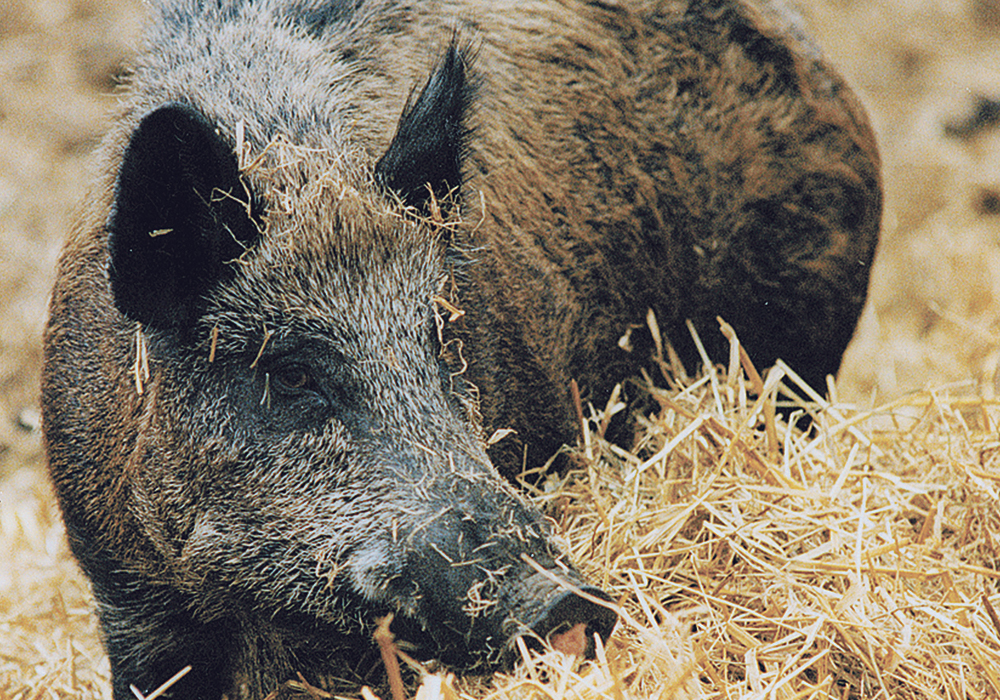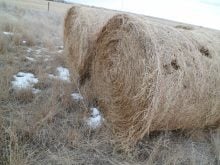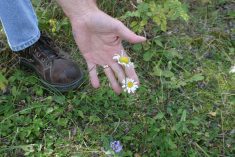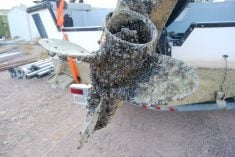Wild boar are trouble for producers in Alberta.
They were brought to Alberta in the 1980s as part of farm diversification efforts and many escaped from captivity.
Today, wild boar cause a lot of crop damage. In north-central Alberta, wild populations are well-established.
“We actually sought these guys out and brought them to Canada,” said Charlotte Shipp, Alberta Pork’s industry programs manager. “Once they arrived, we quickly realized how hard these animals are to contain.”
Shipp, speaking at the Alberta’s Invasive Species Council’s virtual meeting last week, outlined how the intelligent animals have continued to cause havoc and have avoided the best efforts at capture.
Read Also

New program aims to support plant-based exports to Asia
Understanding the preferences of consumers in Taiwan and how they differ from Indonesia or Malaysia isn’t easy for a small company in Saskatchewan.
In Alberta, she said landowners under provincial regulations must take measures to control or destroy pests on their land. And the provincial “Squeal on Pigs” program is designed to help them do that.
“When that comes to wild boar, it can be very challenging for landowners to try to even see they are there and, once they are aware, to attempt to eradicate,” she said.
So far, wild boar have appeared across a band of north-central Alberta in areas with some cover but also where they can access crops and grains. Sightings in the southern portion of the province are rare.
Shipp said a recent announcement from the province’s Results Driven Agricultural Research organization will provide more than $400,000 to use available data to help understand how wild boar populations spread and focus on their ability to spread disease.
Disease spread is a big fear for domestic hog producers with African swine fever able to shutter the industry’s primarily export market. It is feared that wild boar could become ASF spreaders.
“That would be a disaster scenario,” said Shipp.
A more aggressive eradication strategy designed to prevent that from happening has been put in place, with Alberta co-ordinating with other western provinces to track wild boar populations and look at the best ways to trap the animals.
“We’re now looking to eradicate all of the wild boar here in Alberta,” Shipp said, adding this doesn’t include animals at wild boar farms, which continue to operate.
Hunting the wild boar isn’t a solution because taking one from a pack, also known as a sounder, only serves to make the other animals more wily.
“The entire focus of this program is on whole sounder eradication,” said Shipp. “Because these creatures are so smart, you have to eradicate the whole group, or you educate them. They are so smart they even pass that education on generationally.”
Shipp stressed hunting can throw so many roadblocks into an eradication program that she supports legislation to ban wild boar hunting.
“We are actively working with our government to see if we can get this in place,” she said.
Shipp acknowledges those in the hunting community who might object to such legislation but once they’ve been educated on the potential damages to the native eco-system wild boar cause, there has been some acceptance of the move.
Dawn Fortin, manager of agricultural services for Woodland County, has been working on the issue because that rural municipality faces one of the largest problem populations of wild boar in Alberta.
Those problems include holes dug in fields, damage to grain bins, spoiled hay bales used for nesting material or deemed unfit due to urine and feces from wild boar, as well as aggressive behaviour to humans and livestock.
In 2003, Lac St. Anne County, located north of Woodland, initiated a $50-per-ear pair bounty that saw Alberta adopt the program province-wide in 2008. It lasted until 2015.
“There were some benefits to the program. We were able to see where the majority of our issues were,” said Fortin. “But did it eradicate? Unfortunately, it did not.”
Some issues were addressed by increased provincial containment standards enacted in 2018 that focused on better fencing. But problems persist with media attention on wild boar populations in Woodland County followed by hunters calling to say they can help with the problem.
“We have been discouraging hunting very much,” said Fortin.
The county is working on trapping entire sounders, a strategy that has been ongoing in Woodland and Lac St. Anne counties for years.
“To date, we’ve been able to remove 218 wild boars from the landscape, almost 100 in the last year,” she said.
Still, some people are hesitant to report wild boar, said Shipp.
Agriculture Financial Services Corp. (AFSC) doesn’t compensate for damages caused by wild boar. Shipp said efforts are underway to change that.
She said she is optimistic it will happen soon but there will likely be conditions before payments are handed out.
“Those strings will be that the landowner then allows Alberta government-approved contractors on their property to support eradication,” said Shipp.
More information on how to identify and report at-large wild boar populations can be found at abinvasives.ca/squeal-on-pigs/.


















